While outsourcing can provide benefits, such as increased productivity and cost savings, it often comes with hidden costs that can catch the business off guard.
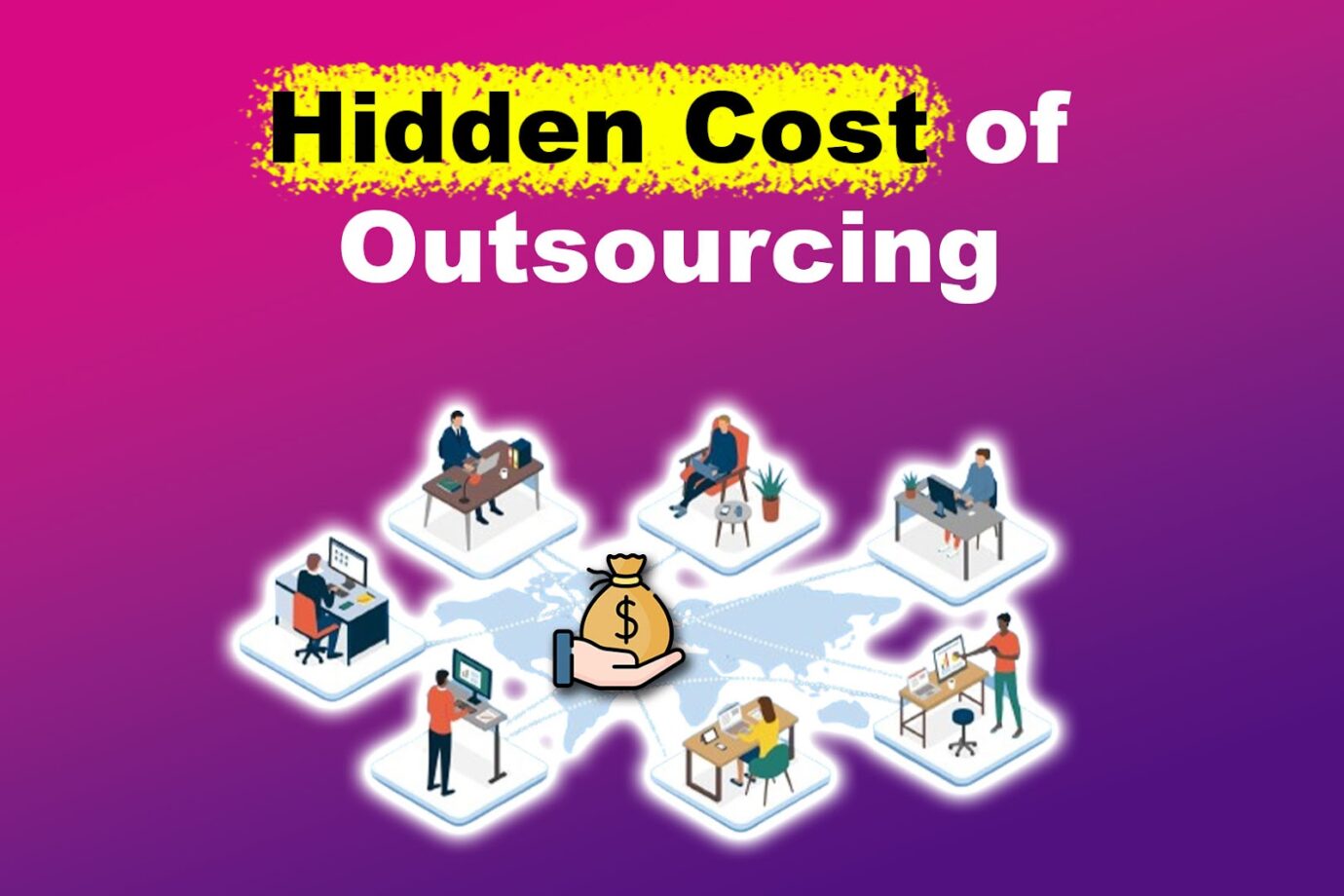
Hidden costs are expenses that may not be immediately noticeable in the outsourcing agreement but can affect the overall expenditure. These include currency fluctuations, cost of upgrades, and dependency risks.
This article has all the information you need about the hidden costs of outsourcing and the factors you should consider before outsourcing. Keep reading!
What Are the Costs Associated With Outsourcing?
These are the costs associated with outsourcing:
- Transition Costs.
These are the expenses incurred when a company outsources a business function. Some examples of transition costs are the costs of integration, training, setup, and data migration. - Service Fees.
Outsourcing providers typically charge fees for their services, which can be based on the number of hours worked or a flat fee for the project. - Communication Costs.
These are the costs of maintaining effective communication between the company and the outsourcing provider, such as travel and technology expenses. - Labor Costs.
These are fees related to hiring and managing the outsourcing provider’s workforce, such as recruitment costs and wages and salaries.
Here are some examples of business process outsourcing if you want to outsource some of your company’s processes but unsure which ones can be handled by third-party personnel.
What Are the 4 Factors to Consider Before Outsourcing?
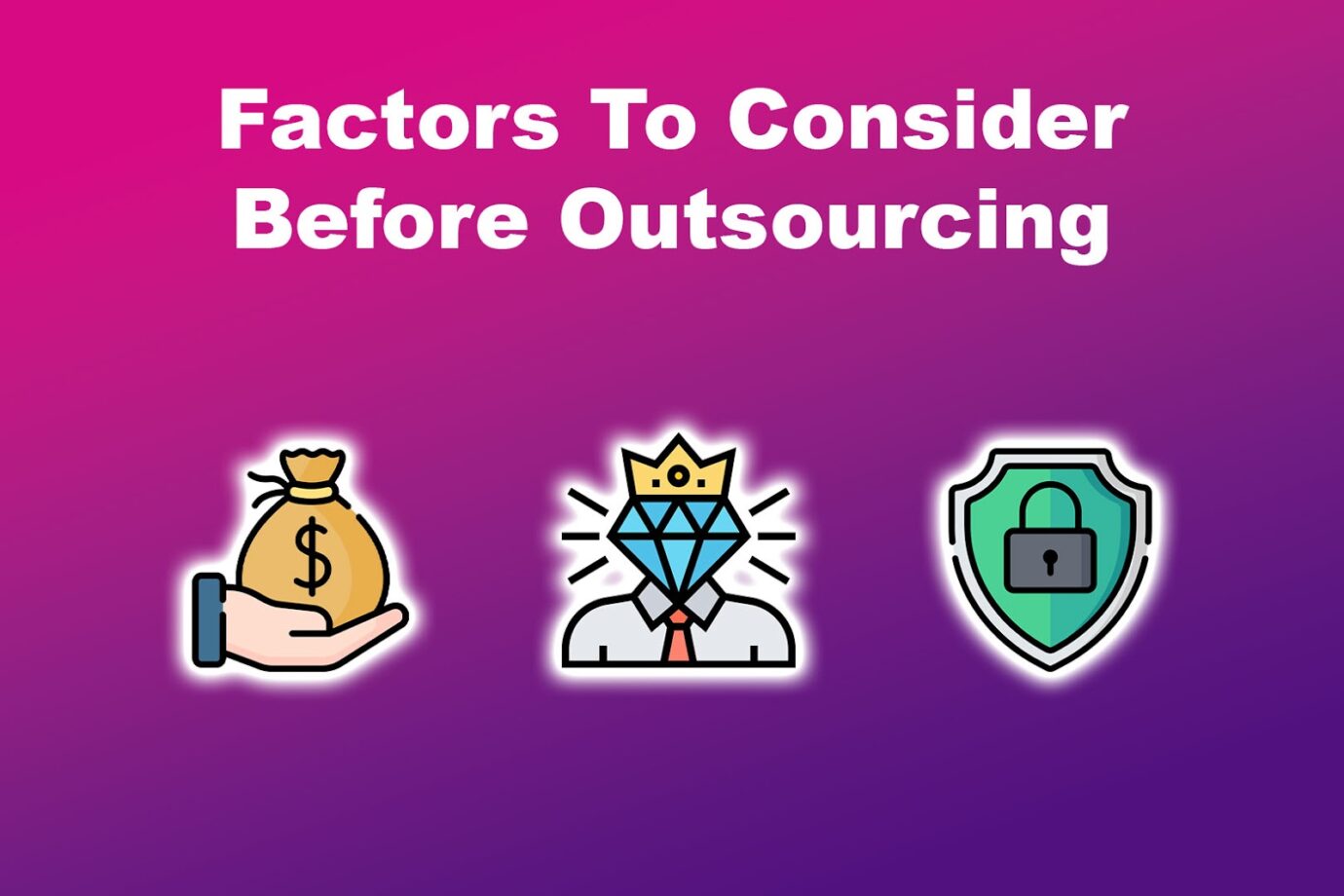
Here are the four factors to consider before outsourcing:
- Privacy.
Outsourcing involves sharing sensitive and confidential data with a third party. Ensure your outsourcing partner has strong data protection measures to prevent data breaches or unauthorized access. You can evaluate their data handling practices and encryption methods. - Cost Structure.
Calculate the cost of outsourcing, including potential savings, ongoing service fees, hidden costs, setup fees, and any long-term financial impacts. This will help determine if outsourcing aligns with your budget and financial goals. - Level of Expertise.
Hire an outsourcing partner that specializes in the services you require. Evaluate their expertise, skills, and experience in the relevant field to ensure positive outcomes. - Technology.
Assess the outsourcing partner’s technological capabilities and resources. This includes their infrastructure, software tools, security measures, and compatibility with your organization’s systems.
Discover more about the factors to consider before outsourcing from LinkedIn.
What Are the Hidden Costs of Outsourcing?
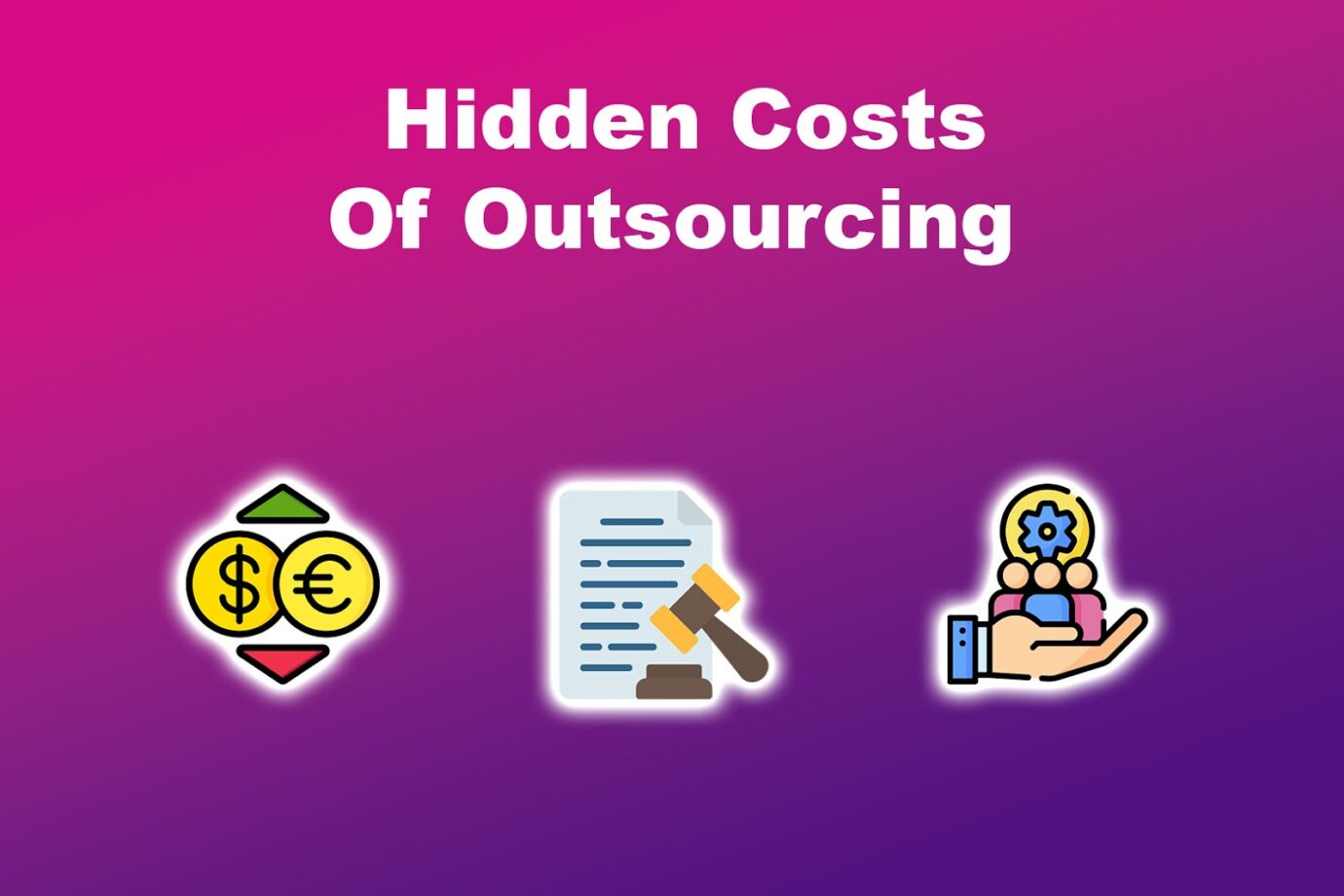
These are the hidden costs of outsourcing:
- Currency Fluctuations.
Outsourcing to a provider in a foreign country exposes the business to currency fluctuations, making it difficult to predict costs accurately. This can result in unexpected expenses, impacting the overall cost of outsourcing. - Management Costs.
Another example of a hidden cost of outsourcing is managing the relationship with your outsourced provider. This may require time, effort, and resources, necessitating hiring an additional workforce to oversee the work, which increases the costs. - Reputation Costs.
If the outsourcing provider you hired delivers poor or unethical work, you can damage your brand reputation. As a result, you may incur extra costs related to rebuilding the brand image to solve customer dissatisfaction. - Costs of Infrastructure.
You may need to invest in certain infrastructure to support the outsourced functions. For instance, you may require a specific software program to ensure data security, which may require a license, thus adding costs. - Dependency Risks.
Another hidden cost of outsourcing is the company’s dependence on the provider to deliver the work. If the provider fails, the business may need to mitigate the risk, which may involve other costs, such as creating a backup plan. - Legal and Compliance Risks.
Businesses need to ensure that the outsourced work is done in compliance with all relevant laws and regulations. Failure to adhere to such regulations can result in legal fees and fines. Hiring a lawyer to address such issues also results in hidden costs. - Cost of Upgrades.
With the evolving technology, you may need to update your systems or software to remain compatible with the outsourcing providers’ systems or keep up with the industry. These costs may not immediately be noticeable but can arise with technological changes.
Read more about the hidden costs of outsourcing from Forbes.
Despite the hidden costs, many companies still choose to outsource work. Here are the reasons why.
How to Avoid the Hidden Costs of Outsourcing
Here are detailed steps to avoid hidden costs of outsourcing:
Step 1: Do a Cost Analysis
Before outsourcing, consider direct and indirect costs, such as service charges, travel expenses, provider fees, and communication costs. This will help you accurately calculate all expenses and limit hidden costs.
Step 2: Set Your Expectations Clear
Clear your expectations to the service provider, including the desired quality and cost savings. Doing so can prevent misunderstandings that lead to additional costs.
Step 3: Select the Right Outsourcing Partner
Choose a partner with a proven track record of quality work, relevant experience, and skilled resources. This will increase efficiency and reduce the likelihood of hidden costs.
Step 4: Understand Contracts and the Service Level Agreement (SLA)
Make sure to comprehend the contracts and SLAs offered. Confirm that the payment terms, quality guidelines, and dispute resolution procedures are specified. This will establish a foundation for holding the vendor responsible for each phase, which can help avoid hidden costs.
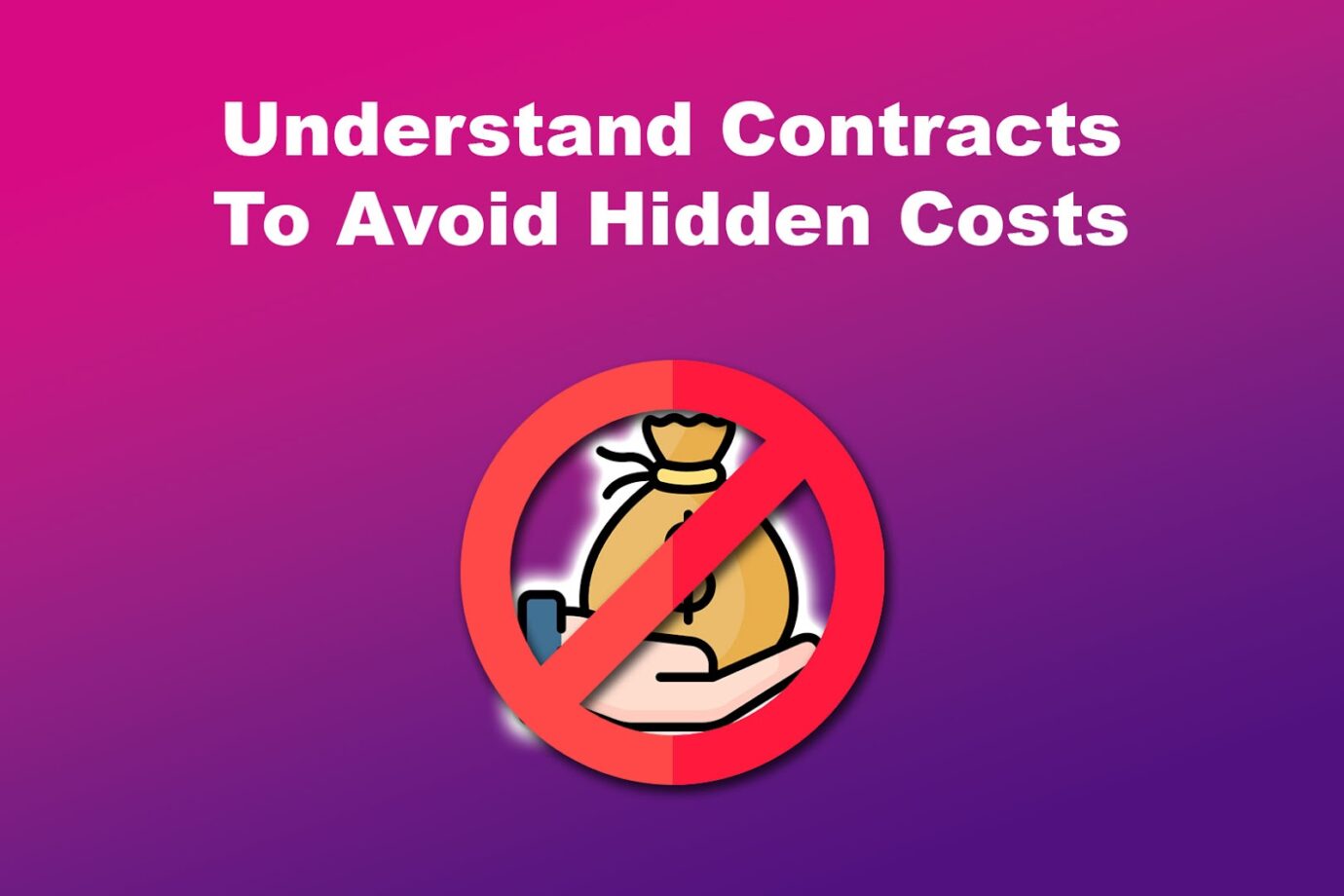
Step 5: Monitor Performance
Establish a system for monitoring the performance and quality of outsourced work. Check deliverables regularly against agreed-upon standards and address deviations to avoid extra costs.
Hiring an outsourcing consultant can help you avoid the hidden costs of outsourcing.
How to Calculate Outsourcing Costs
Follow these steps to calculate the costs of outsourcing:
Step 1: List Tasks to Outsource
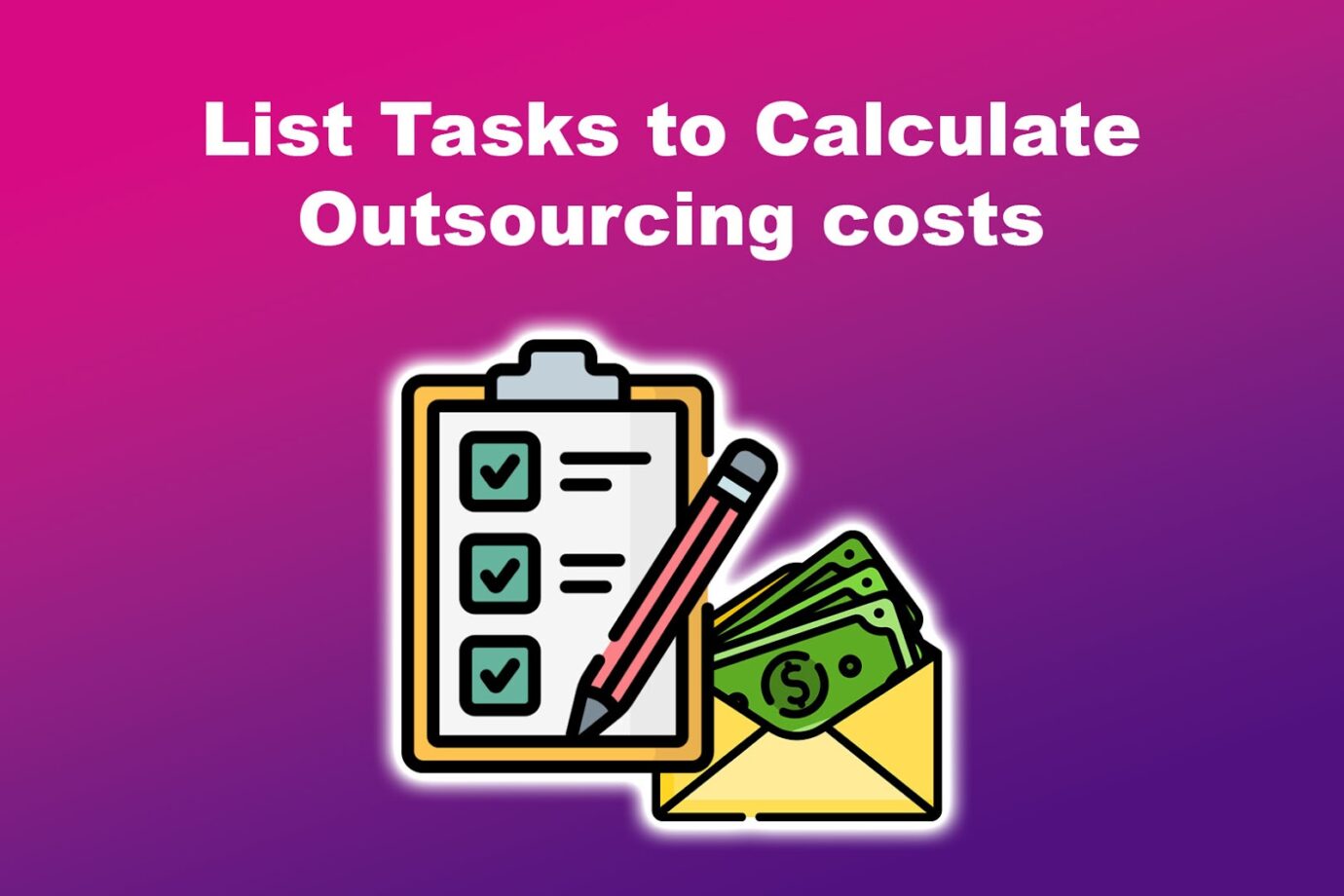
Define the tasks you want to outsource within your business, including the expected quality and quantity. This will help you understand what tasks you can handle internally and what can be outsourced, allowing you to reap the potential benefits.
Step 2: List the In-House Cost You Can Avoid by Outsourcing
Create a list of functions related to outsourcing, such as salary administration, training, and equipment. Then, identify in-house costs that can be avoided if the task is outsourced.
Does your company handle clients through phone calls? If yes, then you might benefit from outsourcing cold calling!
Step 3: Calculate the Total Outsourcing Cost
The best way to calculate outsourcing costs is to work with your provider. They possess all the necessary process details, including their bid price, transition costs, and contract administration costs, so they can help you calculate the potential expenditures.
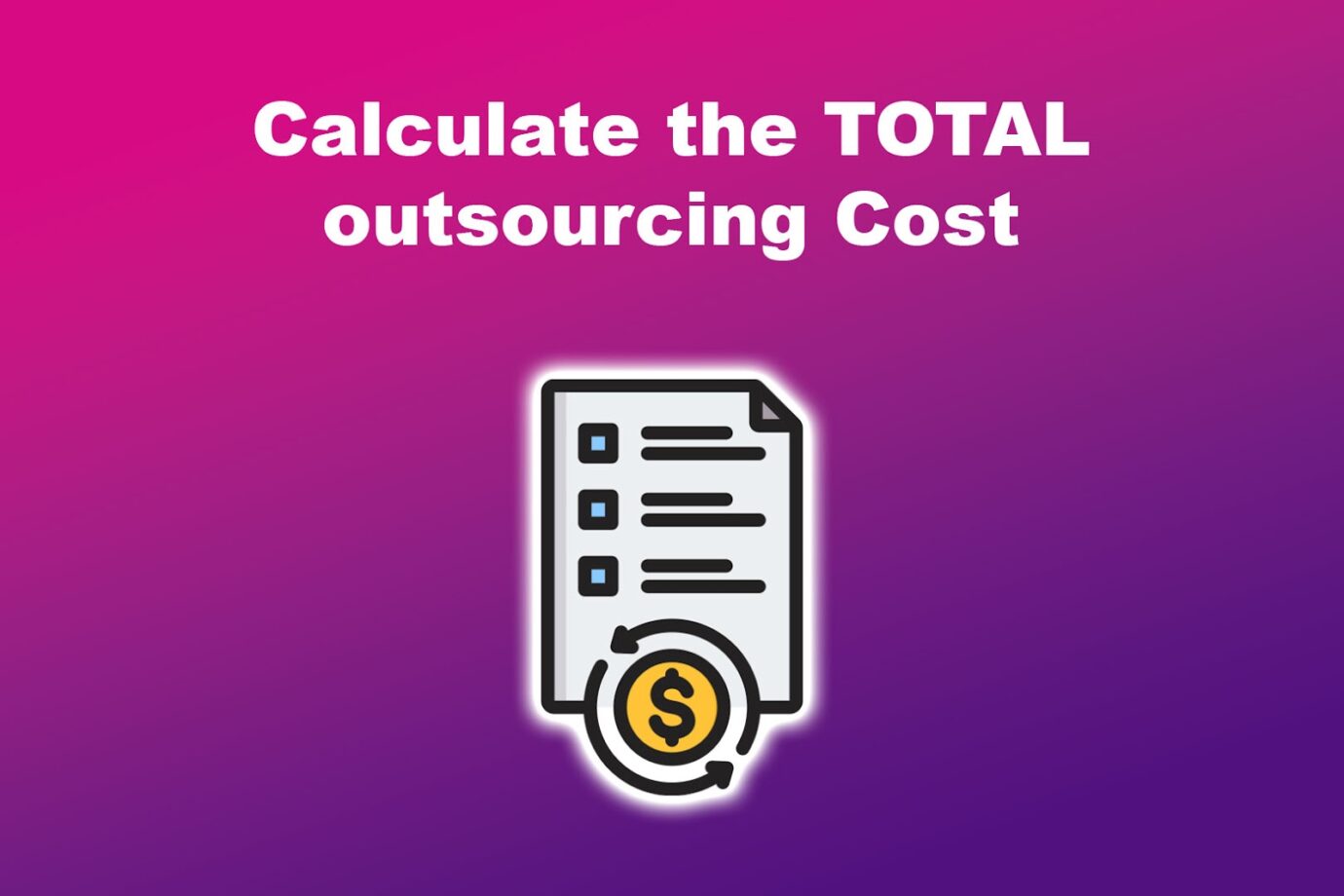
Step 4: Subtract In-House Costs From Total Outsourcing Cost
Calculate the difference between the total cost of outsourcing and the in-house costs you can avoid. Proceed to outsource if the result is positive.
Is Outsourcing More Expensive?
Whether outsourcing is more expensive depends on the vendor’s location, project duration, customization required, and the type of service. Outsourcing to countries with lower living costs, like the Philippines, is cheaper than outsourcing to countries with higher living costs, such as the UK.
Short-term projects are usually cheaper to outsource than long-term projects. Longer projects require more time and resources, resulting in higher overall costs.
Outsourcing costs can also increase if the project requires high levels of customization, such as integrating with other systems or providing personalized financial reports.
Likewise, the cost could increase if the type of service requires higher or specialized skills, like software development.
Learn more about the cost of outsourcing from LinkedIn.